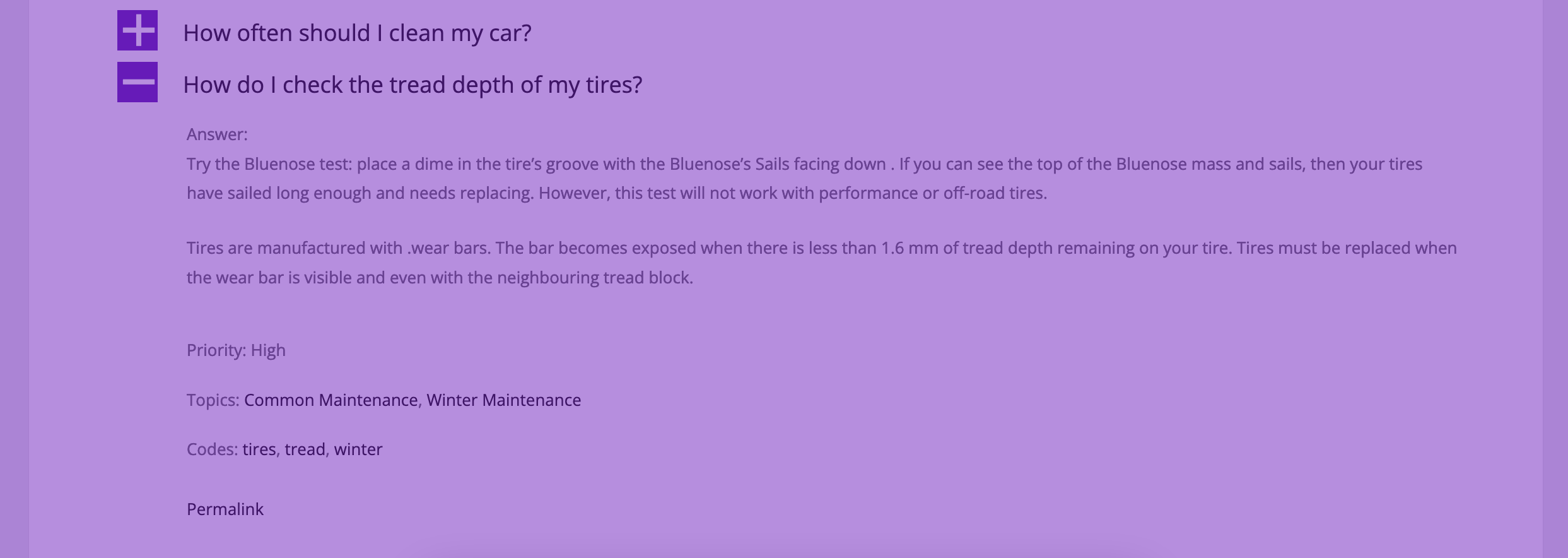Oftentimes during business cycles, you will recognize a need to revamp your branding to better fit with new business objectives you want to achieve. Rebranding involves refreshing the look and feel of your brand to reach new customers and new markets, and this change in branding will need to be reflected across your digital presence. In this blog post, the team at Etoile Web Design would like to share with you a quick guide to help you successfully revamp your WordPress site’s branding, to ensure consistency across all pages while giving your site a new and refreshed look.
- Planning for Rebranding
When doing planning for rebranding, it is crucial to ensure that all visual assets, copy, links, and other material are finalized prior to deploying them on your WordPress site. Most importantly, new assets and copy should be designed and written in a way that aligns with your business’ revamped values and missions and reflects your business’ new branding. Visual assets should be stored in a high-quality format possible, while copy should be reviewed before being finalized by the deployer. This not only helps you accelerate your rebranding process but also helps you make sure that content across different pages of your WordPress site remains consistent.
- Update Your Testing Environment First
There are two steps you should perform when it comes to testing: Prior to finalizing your page’s new look, you can do a “soft test” by previewing your new page to check that you have everything in place, and see how the new look plays out. Once the preview of your content meets your expectations, you should deploy the content to your development environment and have your team go over all of the new content. This gives you an opportunity to reflect on how your new site will look and feel, and put yourself in the user’s shoes to further optimize your site for better user experience. Giving your pages a thorough test also gives you an opportunity to identify new errors, as well as areas of improvement to give you peace of mind by making sure they are not causing any inconvenience to your site’s visitors before moving your content to your live environment.
- Always Make Good Use Of Feedback
Upon releasing your revamped branding, don’t expect that customers of your brand will immediately get used to the new look and features on your website. Some might be excited about it and try their best to adapt to the new changes, but some others might miss the old look, and some others might be willing to provide feedback based on their own experience. Instead of thinking about this constructive feedback from a negative standpoint, you can leverage these customer’s opinions to further improve on your page’s design and features. By taking their opinions into consideration, you can take steps to create a buyer-centric experience on your WordPress page, which can get you closer to winning your customer’s praise and loyalty.
Rebranding your business’ website is a process that takes time and effort, but it doesn’t have to be challenging when you have enough preparation and patience to work on it. We hope that these key tips on revamping your WordPress site can help business owners and operators accelerate their rebranding process while continuing to build a flawless and user-centric WordPress site. Have any other advice that you want to share with us on rebranding a business website? Leave our team a message, and we will help you spread the word with the ever-growing community of WordPress users and small business owners and operators!









